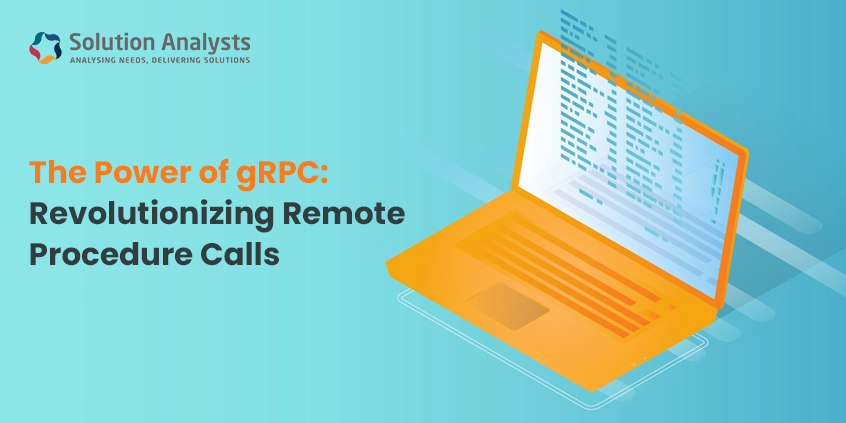
Table of Contents
Introduction of gRPC
gRPC is a modern open-source and high-performance Remote Procedure Call (RPC) framework that can run in any environment. Through pluggable support for load balancing, tracing, health checking, and authentication, it can efficiently connect services within and across data centers. Furthermore, it can be used to connect devices, mobile applications, and browsers to backend services in the last mile of distributed computing.
Below is the agenda of gRPC that we will cover in this blog:
- Introduction of gRPC. What is gRPC?
- Why gRPC?
- Features/ Basic concepts of gRPC
- Pros and Cons of gRPC
- How does it work?
What is gRPC?
gRPC enables the development of connected systems and transparent communication between client and server applications. Google, Netflix, Square, IBM, Cisco, and Dropbox are just a few of the major tech companies that have implemented gRPC.
This interface is implemented on the server side, where a gRPC server is used to handle client calls. The client has a stub that offers the same methods as the server on the client side.
Why gRPC?
Because HTTP calls are frequently more difficult to understand at first glance, gRPC is very popular in service-to-service calls.
The logic behind gRPC functions is so much simpler; developers don’t have to worry about writing a lot of documentation because the code itself should explain everything.
There may also be services written in different languages, which gRPC supports with multiple libraries.
Understanding the Key Features and Concepts of gRPC
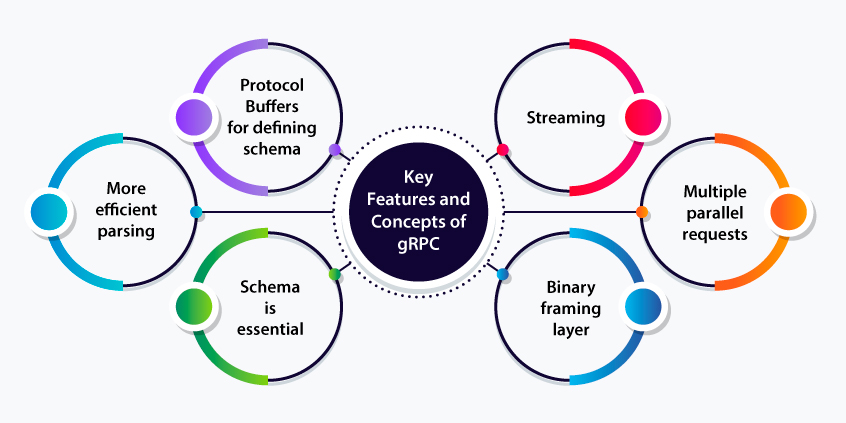
- Protocol Buffers for defining schema:
At Google, nearly all inter-machine communication makes use of protocol buffers, a popular messaging structure technology. REST uses protocol buffers rather than XML or JSON in gRPC. This is the way they work.
- More efficient parsing:
Because data is represented in a binary format, parsing with Protocol Buffers uses less CPU because encoded messages are smaller. This means that messages can be exchanged more quickly, even on IoT or mobile devices with slower CPUs.
- Schema is essential:
Because data is represented in a binary format, parsing with Protocol Buffers uses less CPU because encoded messages are smaller. This means that messages can be exchanged more quickly, even on IoT or mobile devices with slower CPUs.
- Binary framing layer:
Communication over HTTP/2 is broken up into smaller messages and presented in a binary format. It simplifies and speeds up message sending and receiving, in contrast to text-based HTTP/1.1.
- Multiple parallel requests:
HTTP/2 supports multiple calls over the same channel, in contrast to HTTP/1.1, which only supports processing a single request at a time. In addition, communication is bidirectional; a single connection can simultaneously send both requests and responses.
- Streaming:
Real-time communication is not only possible with HTTP/2 but also has high-performance thanks to binary framing — each stream is divided into frames that can be prioritized and run on a single TCP connection in order to reduce network and processing load.
Discover the Benefits of gRPC for Efficient and Scalable API Development
- Faster compared to JSON-based RESTful APIs.
It is much faster than traditional JSON-based REST APIs. When compared to text-based formats like JSON, the binary protocol-buffer
format on which gRPC is based is extremely light. - It’s integrated with cloud-native ecosystems.
- Well-defined interface, strong type, and schema.
We can avoid run-time errors as gRPC introduced a well-defined service interface and strong type. It works just like calling the local method for the client application. - For inter-process communication, it works well.
- It’s polyglot
Multiple programming languages are supported by gRPC. Without worrying about comparability issues, you can choose to write microservices in the programming language of your choice. - It Supports duplex streaming.
Client-side and server-side streaming are supported by the gRPC, and enabling them in your application is as easy as changing the service definition. - It’s mature and has been widely adopted.
The Dark Side of gRPC: Understanding its Weaknesses
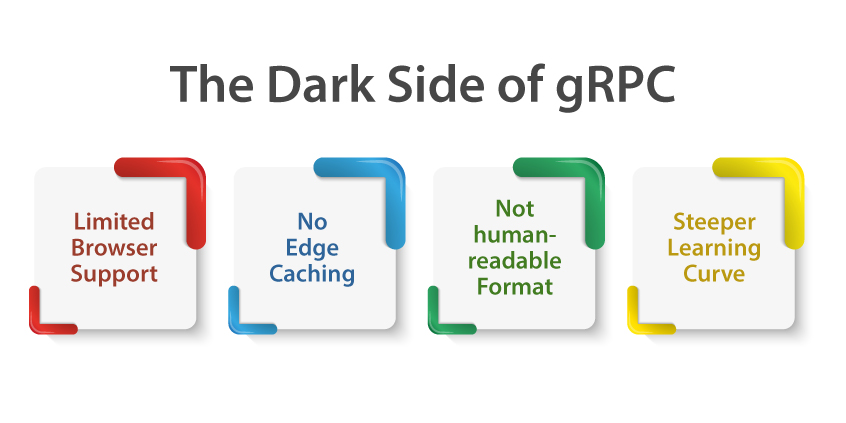
1. Limited Browser Support
A web browser cannot directly call a gRPC service since gRPC heavily relies on HTTP/2. To support a gRPC client, no modern browser provides the necessary control over web requests. To convert between HTTP/1.1 and HTTP/2, a proxy layer and gRPC-web are required.
Although Google has a roadmap of upcoming features, such as full streaming support and integration with Angular, that may alleviate the burden of using a proxy entirely, web clients aren’t yet capable of accessing all gRPC features.
2. No Edge Caching
- It is much faster than traditional JSON-based REST APIs. When compared to text-based formats like JSON, the binary protocol-buffer format on which gRPC is based is extremely light.
3. Not human-readable Format
- Protobuf converts gRPC messages into a format that cannot be read by humans. For proper deserialization, this compiler requires the file’s description of the message’s interface. Therefore, developers require additional tools like the gRPC command-line tool for wire-based Protobuf payload analysis, manual request writing, and debugging.
4. Steeper Learning Curve
- It is difficult for many teams to learn gRPC, to become familiar with Protobuf, and to look for tools that can deal with HTTP/2 friction. As a result many teams will choose to rely on REST for as long as possible.
How does gRPC Work?
In the gRPC architecture, we have two components: the client side and the server side. The client side consists of a stub, which is an auto-generated interface that defines the remote procedures. When the client makes a procedure call, it calls the local stub with the parameters to be sent to the server. The stub serializes these parameters using the Protobuf marshaling process and forwards the request to the local client library.
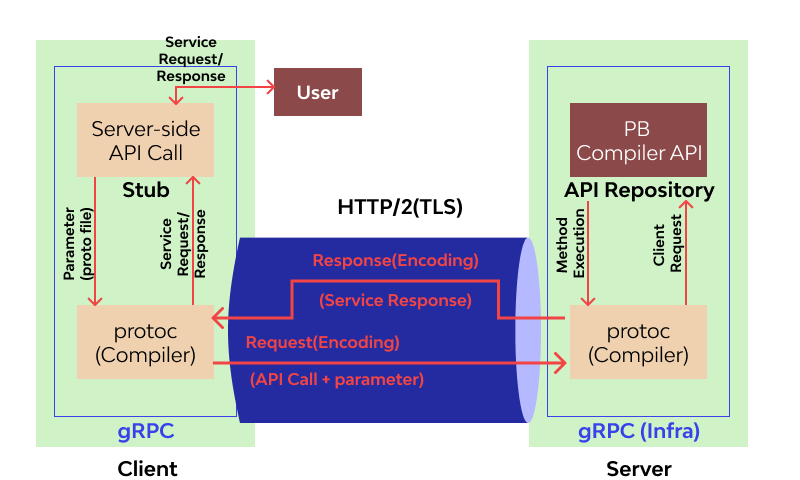
[PF: gRPC Architecture]
The operating system on the client machine makes a request to the remote server via the HTTP/2 protocol. This request is received by the server’s operating system, which then calls the server stub procedure. The server stub decodes the received parameters using Protobuf and invokes the appropriate procedure. After executing the procedure, the server stub encodes the response and sends it back to the client transport layer. The client stub receives the response, decodes the parameters, and returns the result to the original caller.
Summary
Here we reached the conclusion part: APIs have evolved beyond REST, and gRPC is a testament to this evolution. By combining the efficient structure of RPC with HTTP, gRPC offers a fast and effective solution for building APIs. This is why it has become a popular choice, especially in microservices architecture. However, it also presents new security challenges, including those related to content validation, authentication, authorization, and more. To ensure the security of your gRPC API, it is important to implement a runtime API security layer that is capable of handling gRPC-specific scenarios without increasing the cost or complexity of your API security procedure.






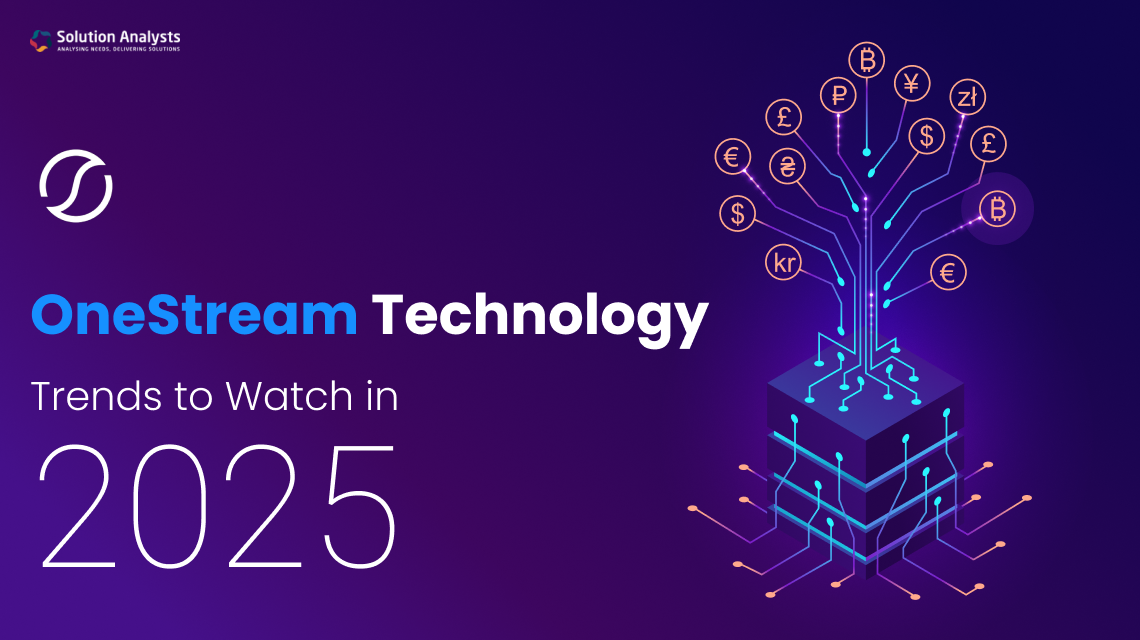



 sales@solutionanalysts.com
sales@solutionanalysts.com biz.solutionanalysts
biz.solutionanalysts






